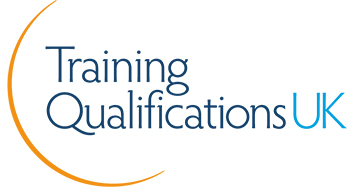
The purpose of coaching and mentoring is to develop employees and help raise an organisation to greater heights
While there may be some similarities, coaching and mentoring people are two different styles. The goal of both revolves around supporting the development of an individual in the workplace in order to build a stronger team. However, the approach to achieving results, the type of development and the relationships between the parties, is slightly different in both cases.
The Manager as the Mentor
Mentoring is often a longer relationship between someone who’s experienced, the mentor, and the less experienced, the mentee or junior employee. Mentors will often give advice and actually show the mentee what to do and how to do it. If you are a manager, It is your role to help your employees understand for example, the “unwritten rules” within the organisation.
The focus is on developing the mentee professionally, where the mentee is in charge of the agenda and reaching out to the mentor as needed. In the mentor and mentee relationship, the mentor is the expert with experience showing the mentee how to do some specific tasks.
The Manager as the Coach
By providing encouragement, guidance and support, the manager can help employees learn and improve their work performance. In order for the manager to be effective in this task, he or she needs to have a strong presence and coaching skill. Your role as the manager/coach is to know when to listen, ask powerful questions and give feedback as needed.
Coaching typically has a set time frame and is more structured in nature with regularly scheduled meetings. This often involves focusing on developing goals and meeting specific needs of the coachee at the time.
There are different coaching and/or mentoring methods out there, but the two very effective methods are GROW and STEPPA, which are also known as coaching models.
The GROW model is a simple yet powerful tool for structuring coaching interventions:
- G First, we establish the goal. This is about deciding where do we want to be
- R Then, we examine the current reality
- O After that, we explore all the options of how can we get to the goal
- W Finally, we establish the Will. This is where we ask ourselves if we are willing to make the changes that need to be made to get to where we want to be
In the STEPPA model:
- S Subject is where we identify the issue facing the coachee
- T Target those goals and make sure they’re achievable
- E Emotion is the most motivating and demotivating factor in any coaching relationship
- P Perception and Choice is where the coachee’s perception is widened as the coach questions and challenges them
- P Plan and Pace is the stage where the plan leads to the target
- A Adapt or Act is where we put the plan into action. We remain flexible to meet the needs of the coachee.
Effective coaching and mentoring requires a customised growth plan that fits the individual trainee. Whichever method is used, the thing to keep in mind and remember, is the success of the coachee. You may can learn to become confident in coaching and mentoring within your management role, by enrolling on a ILM Level 3 Certificate in Coaching & Mentoring course with Stonebridge.





Leave a Reply